Pioneering Neural Regeneration
In a groundbreaking study from The Ohio State University, neuroscientists have cultivated a specific type of human white blood cells capable of promoting the regeneration of nerve fibers. This revolutionary discovery heralds a significant advancement in the medical field and holds promise for safer and more effective new therapies for diseases related to spinal cord, optic nerve, or brain injuries. The paper detailing these findings has been published in the latest issue of Nature Immunology.
Dr. Benjamin Segal’s Insight
Dr. Benjamin Segal, the senior communications author and Head of the Department of Neurology, has noted a stark reality: dead nerve cells are typically not replaced, and damaged nerve fibers do not regenerate under normal circumstances, leading to permanent neural damage. However, their recent study reveals that bone marrow cells can transform into powerful therapeutics. In a laboratory setting, these cells were stimulated with specific molecules to convert them into cells capable of fostering fiber regeneration. These cells could aid in the regeneration of damaged nerve cells and enhance their survival rates.
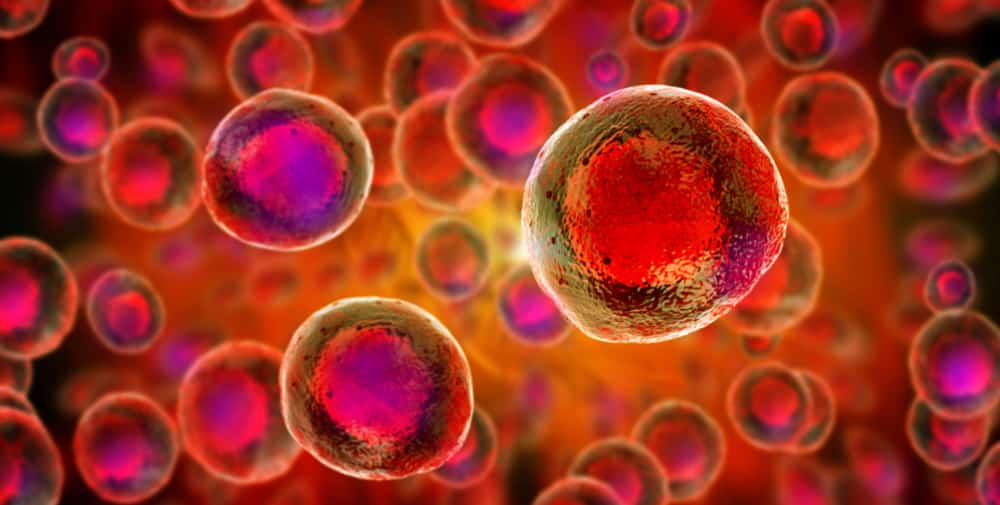
The Experiment’s Success
In their research, Dr. Segal and colleagues cultured these regenerative cells from the bone marrow of eight human donors. They discovered that regenerative cells from all eight donors succeeded in rejuvenating nerve fibers from human neurons and even doubled the survival rate of stressed nerve cells. It suggests that these regenerative cells could potentially slow down or prevent the progression of degenerative neural diseases, reverse neurological damage, and restore function.
A New Chapter in Neural Recovery
For a long time, neural damage caused by spinal cord, optic nerve, brain injuries, and degenerative neural diseases like ALS (Amyotrophic Lateral Sclerosis) and Alzheimer’s disease was deemed irreversible. But their research indicates that scientists may soon be able to safely and effectively treat these conditions using patients’ own cells. Therapeutic cells could be harvested from the patient, grown in large numbers in the lab, and then applied to the site of injury or disease to foster regeneration of brain and spinal cord nerve fibers.
Looking Towards Clinical Trials
Dr. Segal expresses an ambition to develop the most effective means of growing and delivering these cells to commence clinical trials. Their ultimate goal is to devise therapeutic methods utilizing these specialized cells to reverse damage to optic nerves, brains, and spinal cords, thereby restoring the lost neural functions of the patients.

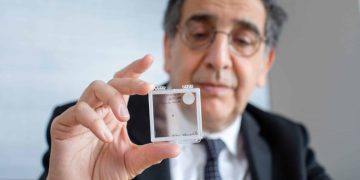
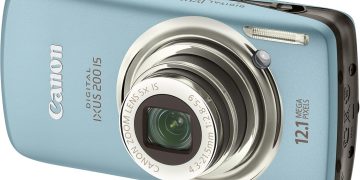





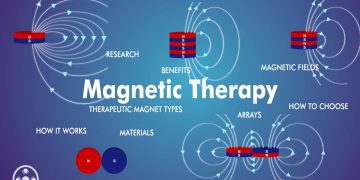


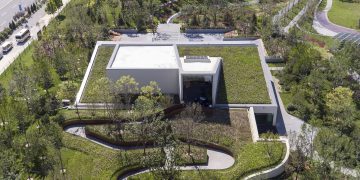
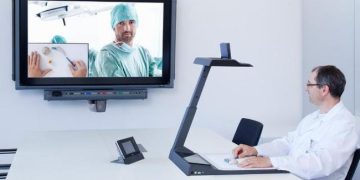
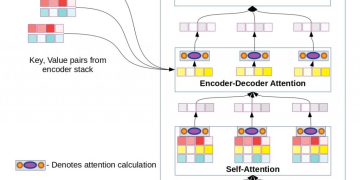









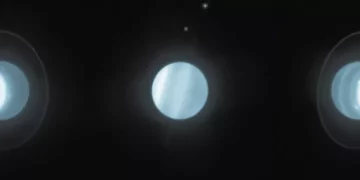
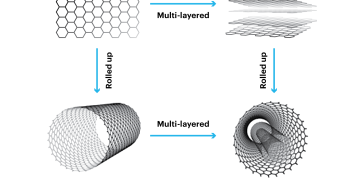
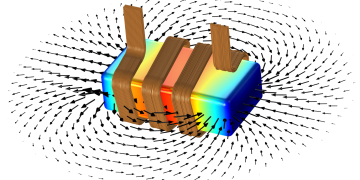


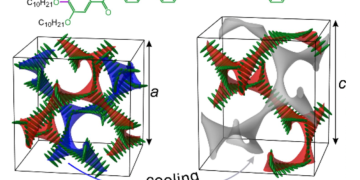
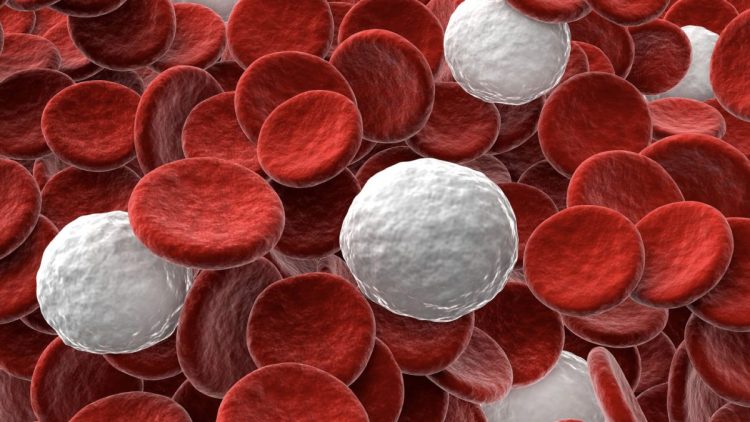












Discussion about this post